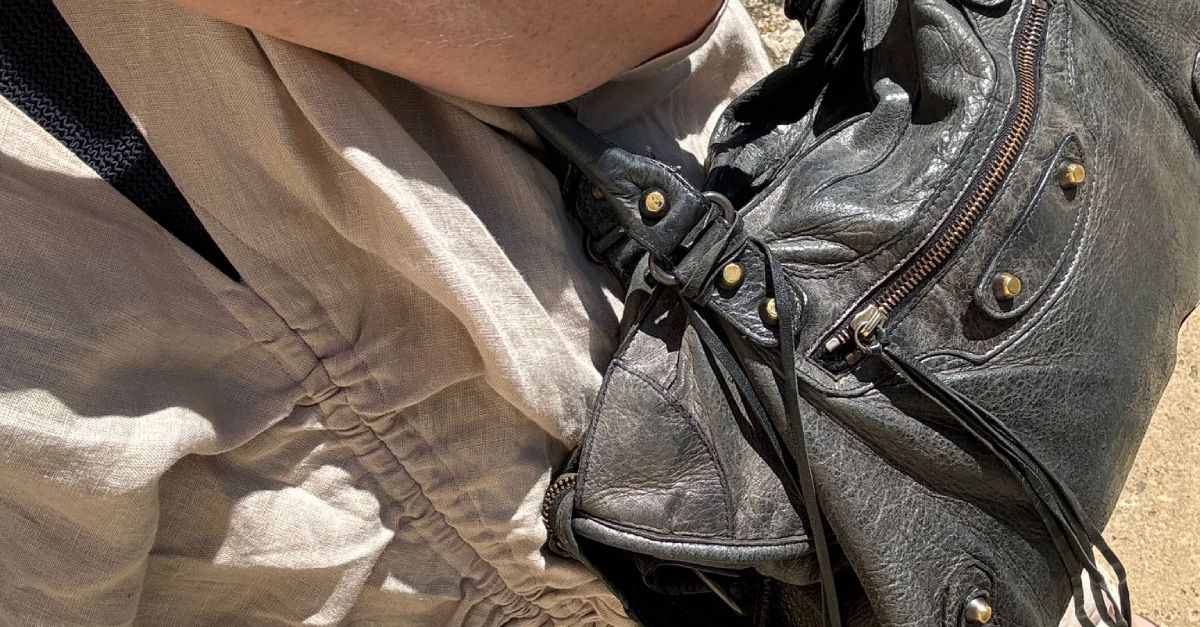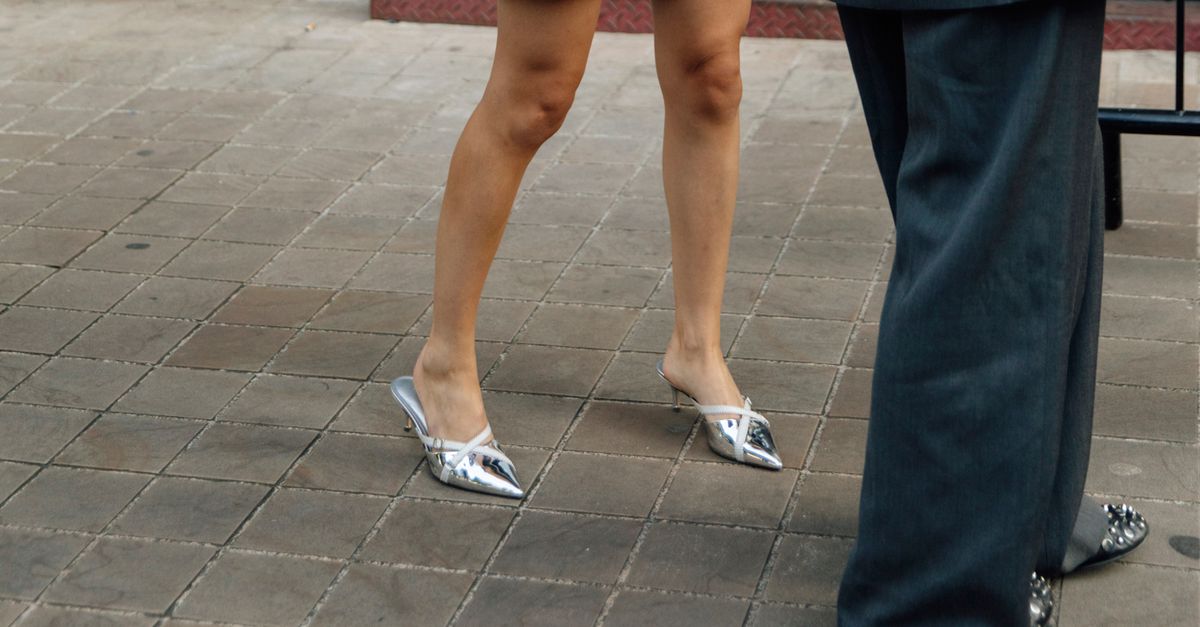Chinese officials estimate about 250mn people, or 18 per cent of the population, were infected with Covid-19 in the first 20 days of December, as Beijing abruptly dismantled restrictions that had contained the disease for almost three years.
The estimates — including 37mn people, or 2.6 per cent of the population, who were infected on Tuesday alone — were revealed by Sun Yang, a deputy director of the Chinese Center for Disease Control and Prevention in a Wednesday health briefing, said two people familiar with the matter.
Sun said the rate of Covid’s spread in the country was still rising and estimated that more than half of the population in Beijing and Sichuan were already infected, the people briefed on the meeting said.
The explosion in cases followed Beijing’s decision this month to abandon its zero-Covid policy, which kept the virus at bay through mass testing, mandatory quarantine and draconian lockdowns.
Sun’s figures, which were provided in a closed-door meeting, contrast with data put out by the National Health Commission, which reported 62,592 symptomatic Covid cases over the same period. Last week, China stopped trying to tally the total number of infections after authorities curtailed Covid testing.
The lack of published official information has led Washington and the World Health Organization to push Beijing to be more transparent about case counts, disease severity, hospital admission figures and other health statistics that have been made widely available by other countries.
In China’s capital and other cities, the wave of Covid infections has overwhelmed hospitals with an influx of elderly, bedridden patients and left emergency rooms and intensive care units with few available beds.
Yet the country has proceeded with shedding the zero-Covid policy as the medical toll mounts. Hong Kong’s chief executive John Lee on Saturday announced that long-awaited quarantine-free travel between the city and mainland China would resume as early as mid-January.
“The central government has agreed to fully reopen the borders in a gradual and orderly manner,” Lee told reporters after returning from a four-day trip to Beijing, where he met President Xi Jinping.
The NHC’s official account of the Wednesday event provided little detail on what the country’s top health officials discussed.
But in the meeting, Ma Xiaowei, director of the NHC, demanded hospitals sort out overflowing emergency rooms and move patients into inpatient departments, said one of the people who participated in the event. He also urged midsized and large hospitals to take in more patients with severe symptoms and promised regulators would not hold them accountable for rising fatality rates.
Meanwhile, the estimate of 250mn cases raised further doubts about the accuracy of official Covid statistics and how authorities account for deaths from the disease.
The NHC reported just 4,103 new local cases on Saturday for the day prior, with no Covid-related deaths for a second consecutive day. Hong Kong, by contrast, reported 20,460 new local cases on Saturday for the previous 24 hours.
China has officially reported only eight deaths since December 1. Top health officials said this week that they had narrowed the definition of what constitutes a Covid death, in a move that reduced the public death tally.
However, crematoriums in China’s capital are struggling to handle a surge of corpses, and bodies were piling up at hospitals visited by the Financial Times in recent days.
Several models, including one partly funded by the Chinese CDC, have forecast that the country could suffer up to 1mn Covid deaths during its reopening.
The NHC on Sunday said it would no longer publish daily case tallies, and the CDC would take over providing “relevant epidemic information”. It did not specify how frequently the CDC would release data.
The National Health Commission did not respond to a request for comment.
Additional reporting by Chan Ho-him in Hong Kong






















































![Bruno Mars, Anderson .Paak, Silk Sonic – Smokin Out The Window [Official Music Video] Bruno Mars, Anderson .Paak, Silk Sonic – Smokin Out The Window [Official Music Video]](https://i.ytimg.com/vi/GG7fLOmlhYg/maxresdefault.jpg)

























